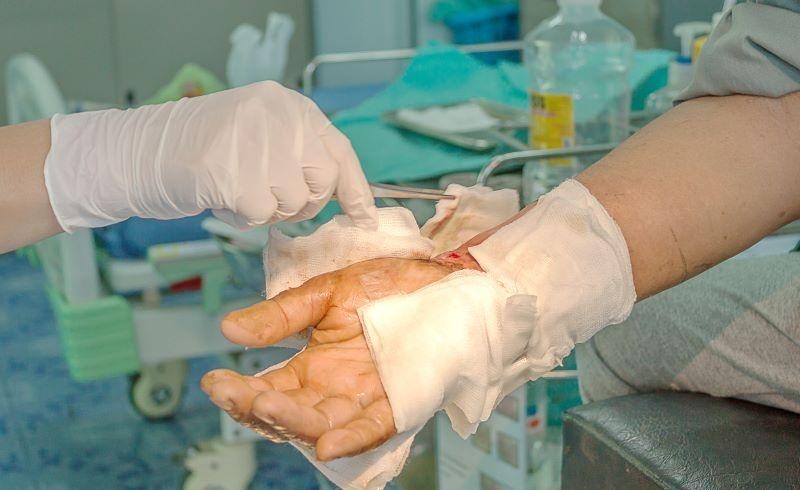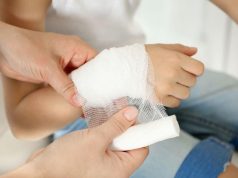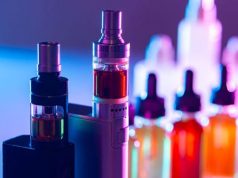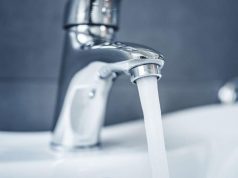Disparities seen in access to burn centers, with lower access in the South and West and for those with lower income
By Elana Gotkine HealthDay Reporter
WEDNESDAY, Feb. 14, 2024 (HealthDay News) — Access disparities to burn centers persist, with lower access in the South and West and for those with lower income, according to a research letter published online Feb. 14 in JAMA Surgery.
Dong Gi Hur, from the Stanford School of Medicine in California, and colleagues characterized access to American Burn Association (ABA)-verified and self-designated burn centers nationwide using 2019 Trauma Information Exchange Program data.
The researchers found that the total burn incidence rate increased by 11 percent to 257.2 per 100,000 people from 2013 to 2019. There was an increase observed in the number of burn centers to 133 (66 ABA verified) in 2019. Overall, 68.8 and 81.6 percent of the population had 60-minute access to ABA-verified and all burn centers, respectively. The median beds-to-incidence ratio was 8.1, with the highest and lowest ratios seen in New England and in the South and West, respectively. Populations with versus without 60-minute-transport access to ABA-verified and all burn centers had higher median income ($31,732 versus $26,440 and $30,797 versus $26,029, respectively). The proportion of racial and ethnic groups in Census Block Groups with 60-minute transport access to ABA-verified burn centers was 40, 86, 74, 74, 56, and 64 percent for American Indian, Asian, Black, Hispanic, Native-Hawaiian, and White populations, respectively.
“In regions where geographic and market barriers prevent timely access, expanding telemedicine availability could increase initial assessment and resuscitation of burn injuries for more patients,” the authors write.
Abstract/Full Text (subscription or payment may be required)
Copyright © 2024 HealthDay. All rights reserved.








